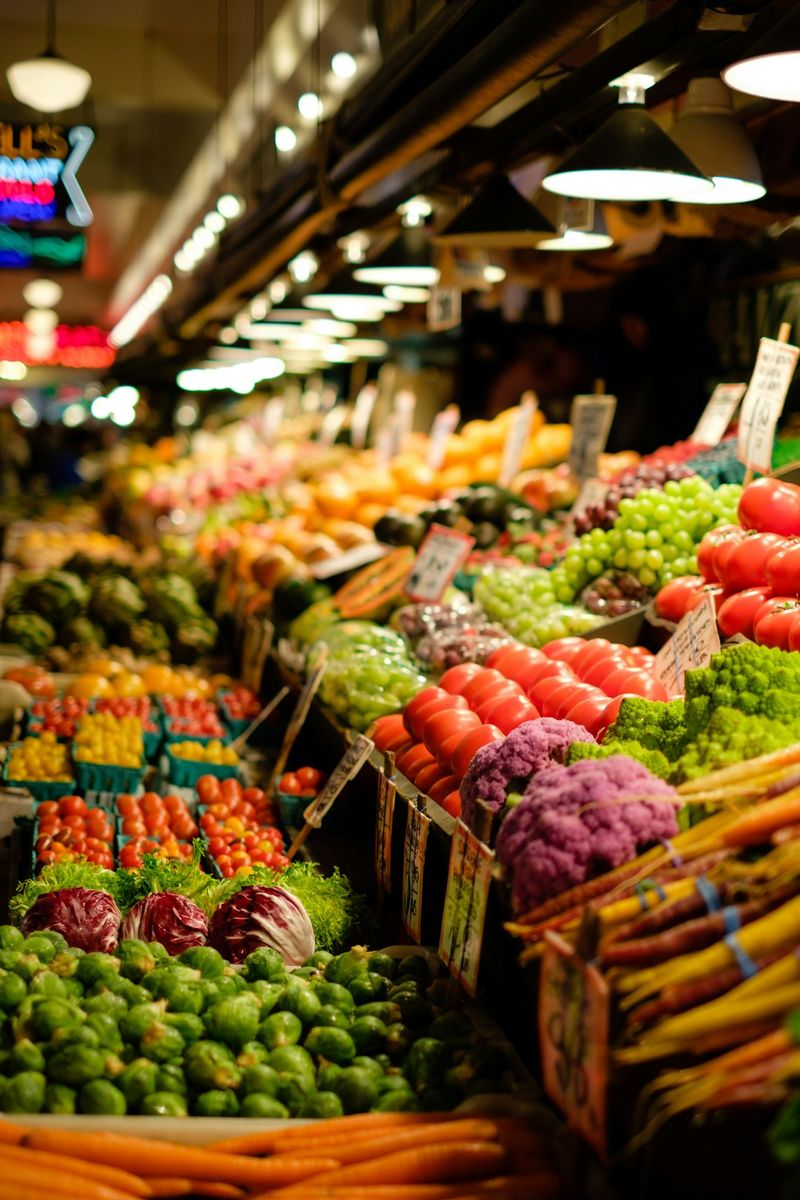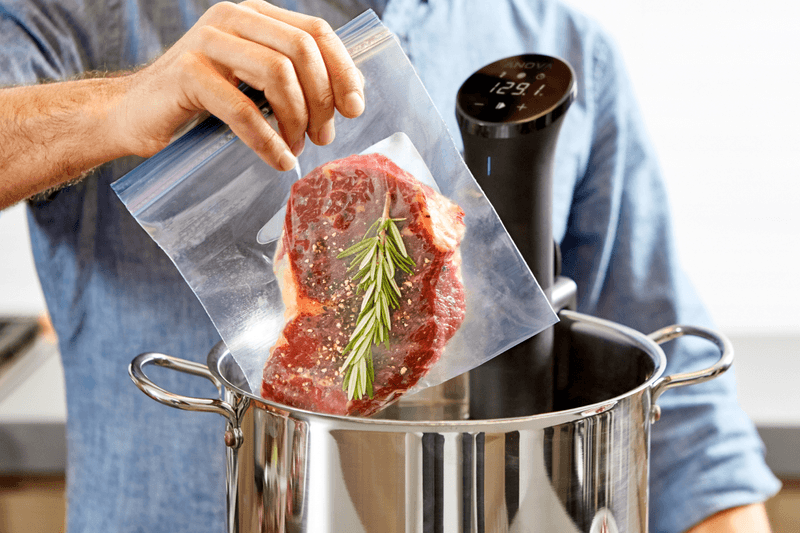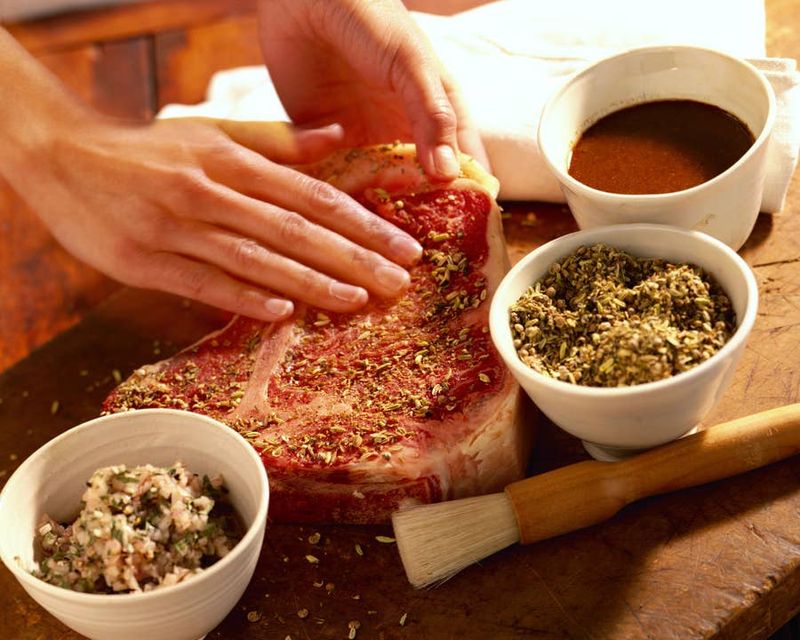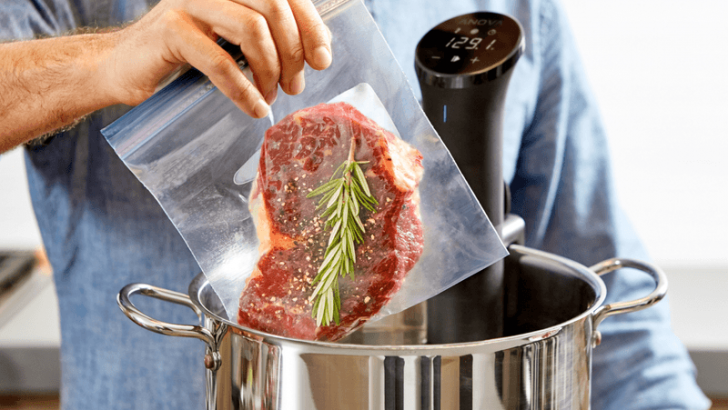Ever wondered why meals at your favorite restaurants taste so divine compared to home-cooked dishes? Restaurants often have secret ingredients and techniques that elevate their dishes to a whole new level. In this post, we uncover six hidden secrets that top chefs use to make their meals irresistibly delicious.
1. The Power of Umami

Umami, often referred to as the fifth taste, is a savory flavor that enhances many dishes. Restaurants frequently use ingredients like soy sauce, mushrooms, and MSG to boost umami.
This flavor adds depth and richness, making dishes more satisfying. For example, a sprinkle of Parmesan on pasta or truffle oil on fries provides that complex taste.
Home cooks can experiment with umami-rich ingredients to transform their meals. By understanding and utilizing umami, chefs create dishes that leave a lasting, delectable impression.
2. Sourcing Fresh Ingredients

Fresh ingredients are the backbone of any great dish, and restaurants often source the freshest produce. Chefs visit local markets to handpick the best ingredients, ensuring quality and flavor.
This practice not only supports local farmers but also guarantees the ingredients are at their peak freshness. Freshness directly influences taste, providing a much more vibrant and lively flavor profile.
Replicating this at home could mean visiting local markets or growing your own herbs and vegetables. The closer the source, the better the taste!
3. Precise Cooking Techniques

Cooking techniques in restaurants often differ significantly from home methods. Chefs use precise techniques such as sous-vide, which involves cooking food in a vacuum-sealed bag in a water bath at a controlled temperature.
Such methods ensure consistent and perfectly cooked dishes every time, retaining moisture and flavor.
Learning and adopting these techniques at home can elevate home cooking. While not always practical, these methods show how technique can transform the ordinary into the extraordinary.
4. The Art of Presentation

Presentation is crucial in restaurants; it is an art form that enhances the dining experience. Chefs meticulously arrange dishes, considering color, balance, and structure.
This attention to detail not only pleases the eye but also prepares the palate for the taste to follow. A well-presented dish can make the dining experience more memorable.
At home, practicing plating techniques can make meals more enjoyable. The visual appeal often sets the stage for the taste journey.
5. The Influence of Ambiance

Ambiance plays a significant role in enhancing the taste perception of food. Restaurants carefully design lighting, music, and decor to create a mood that complements their dishes.
The right ambiance can make food taste richer and more indulgent, engaging all senses in the dining experience.
Though challenging to replicate at home, setting the right mood with thoughtful lighting, music, and decor can alter how we perceive taste. The environment is as essential as the meal itself.
6. Professional Seasoning Skills

Seasoning is an art that chefs master over years of experience. Professional chefs know precisely how to balance flavors with the right amounts of salt, herbs, and spices.
This skill ensures every dish has the perfect flavor profile, enhancing natural tastes without overpowering them. Home cooks can learn this art by tasting regularly and adjusting seasonings.
It’s a process of trial and error, but mastering seasoning can make the simplest dishes taste gourmet. Perfect seasoning is the subtle secret behind restaurant-quality meals.

